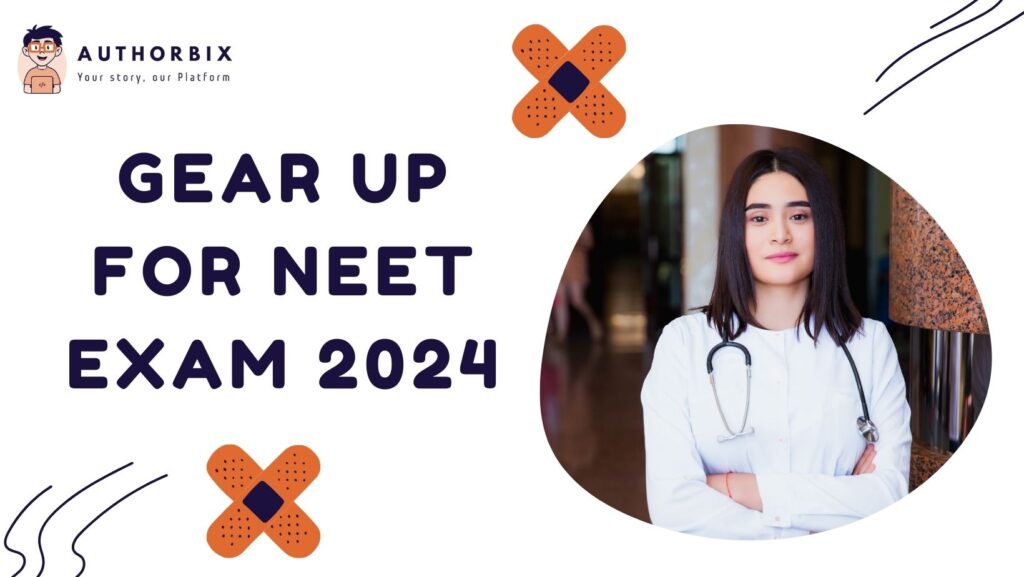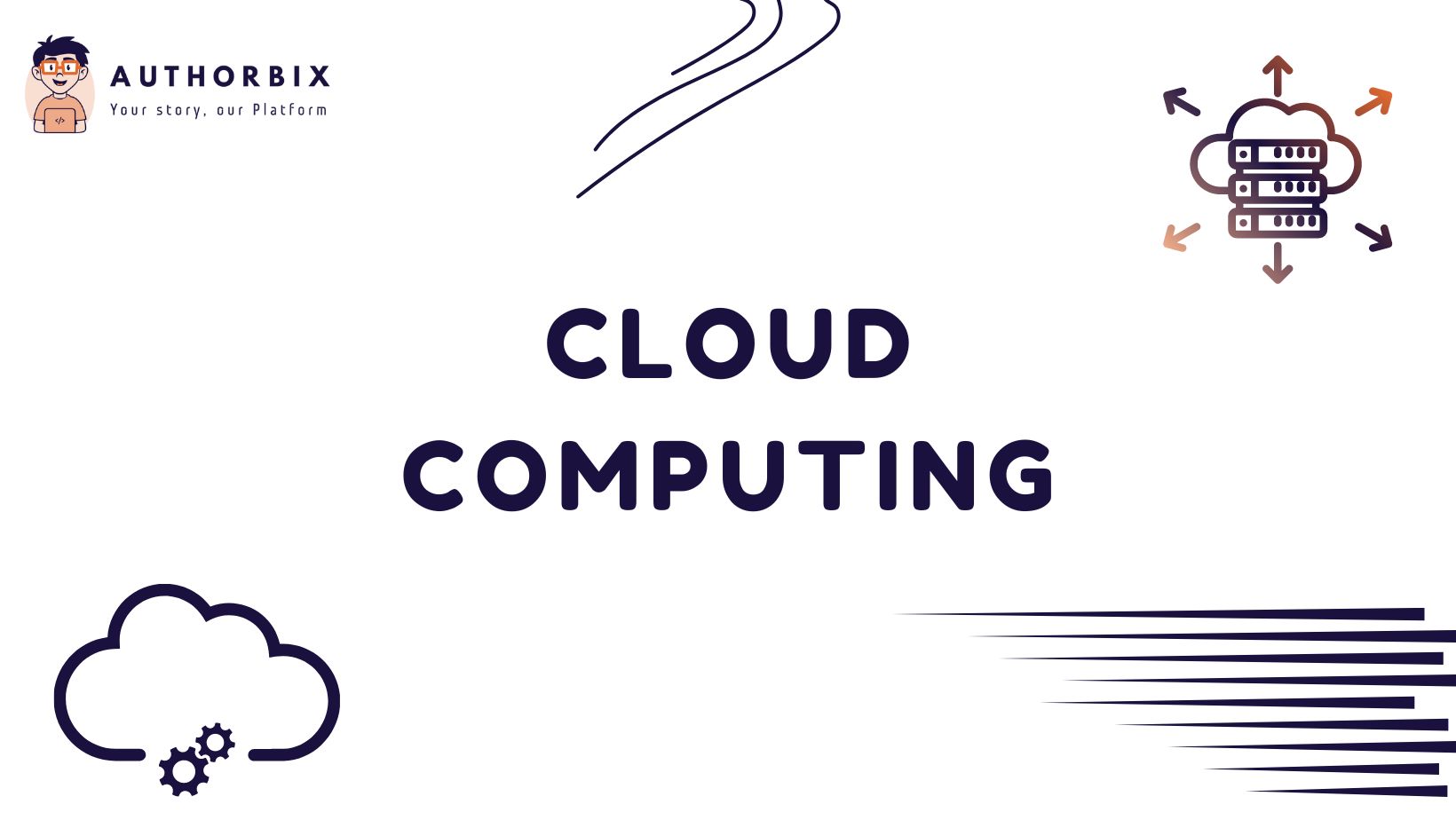Edge Computing vs. Fog Computing: Advantages & Disadvantages
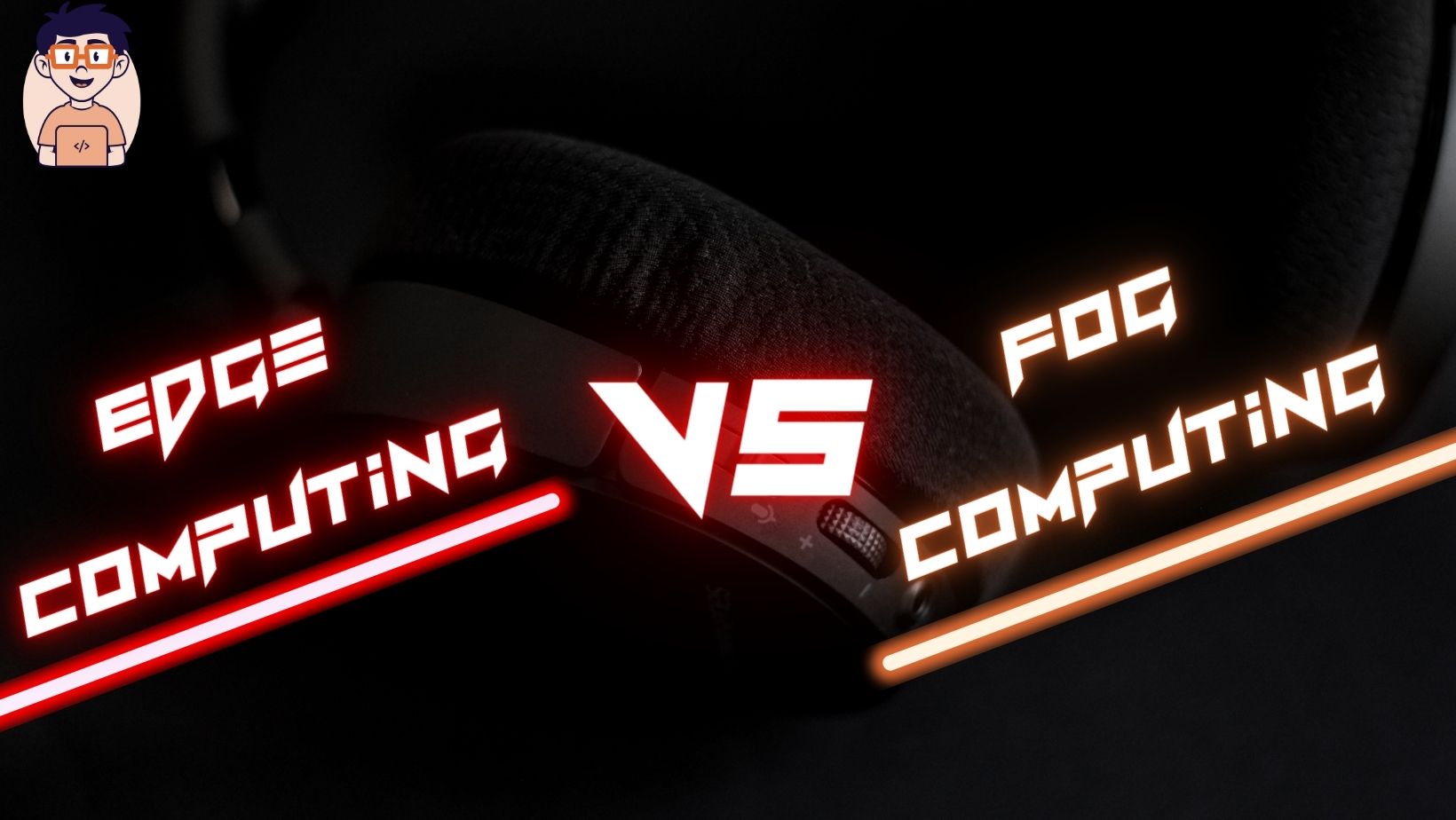
In the realm of computing, innovation never sleeps. With the evolution of the Internet of Things (IoT), smart devices, and the constant need for faster processing and lower latency, two terms have emerged as key players in the computing landscape: Edge Computing and Fog Computing. While both aim to bring computing resources closer to where they are needed, they do so in distinct ways, each with its own set of advantages and disadvantages. This blog post explores the differences between Edge Computing and Fog Computing, shedding light on their unique characteristics and helping you understand which approach might be best suited for your needs.
Table of Contents
ToggleEdge Computing: Bringing Processing Power to the Edge
Edge Computing is a distributed computing paradigm that brings computation and data storage closer to the location where it is needed, i.e., the edge of the network. Instead of relying on a centralized data center or cloud, Edge Computing moves computing resources closer to the source of data generation, reducing latency and improving performance for applications that require real-time processing.
Advantages of Edge Computing
- Low Latency: By processing data closer to the source, Edge Computing reduces the time it takes for data to travel back and forth to a centralized data center or cloud. This results in lower latency, making it ideal for applications that require real-time processing, such as autonomous vehicles or industrial automation.
- Bandwidth Optimization: Edge Computing helps optimize bandwidth usage by processing data locally and sending only the relevant information to the cloud or data center. This reduces the strain on the network and can lead to cost savings for organizations with large-scale IoT deployments.
- Improved Reliability: Edge Computing can improve reliability by reducing the reliance on a single point of failure. Since data is processed locally, even if a connection to the cloud is lost, the local devices can continue to operate, ensuring uninterrupted service.
- Enhanced Privacy and Security: By keeping sensitive data at the edge, Edge Computing can enhance privacy and security. This is particularly important for applications that handle sensitive information, such as healthcare or finance.
- Scalability: Edge Computing offers scalability by allowing organizations to add or remove edge devices as needed, without the need for significant changes to the overall architecture.
Disadvantages of Edge Computing
- Limited Processing Power: Edge devices typically have limited processing power and storage compared to centralized data centers. This can limit the complexity of applications that can be run at the edge.
- Management Complexity: Managing a large number of edge devices distributed across different locations can be complex and challenging. Organizations need to invest in robust management tools and processes to ensure smooth operations.
- Cost: While Edge Computing can lead to cost savings in terms of bandwidth and improved efficiency, there are also costs associated with deploying and maintaining edge devices, as well as ensuring security and compliance.
Fog Computing: Extending the Cloud to the Edge
Fog Computing, often referred to as edge fog computing, is a decentralized computing infrastructure that extends the capabilities of the cloud to the edge of the network. Unlike Edge Computing, which focuses on bringing computation closer to the source of data generation, Fog Computing extends the cloud’s capabilities to the edge, providing a continuum of services from the cloud to the edge devices.
Quick Read: Benefits of Opting to Pay for Programming Homework Assistance
Advantages of Fog Computing
- Scalability and Flexibility: Fog Computing provides scalability and flexibility by extending the cloud’s capabilities to the edge. This allows organizations to easily scale their computing resources based on demand and deploy new services quickly.
- Improved Performance: By leveraging the cloud’s resources at the edge, Fog Computing can improve performance for latency-sensitive applications, such as video streaming or real-time analytics.
- Enhanced Security: Fog Computing can enhance security by providing a layer of security at the edge. This can help protect against threats such as data breaches or cyber-attacks.
- Cost-Effectiveness: Fog Computing can be cost-effective for organizations with large-scale IoT deployments, as it allows them to leverage existing cloud infrastructure and extend it to the edge without significant additional costs.
Disadvantages of Fog Computing
- Complexity: Fog Computing can introduce complexity, as organizations need to manage a hybrid infrastructure that spans the cloud and the edge. This can require specialized skills and tools.
- Latency: While Fog Computing can improve performance for some applications, it may introduce additional latency compared to Edge Computing, as data may need to travel further to reach the cloud for processing.
- Dependence on Connectivity: Fog Computing depends on reliable connectivity between the edge devices and the cloud. Any disruptions in connectivity can impact the performance and availability of services.
Conclusion: Choosing the Right Approach
In conclusion, both Edge Computing and Fog Computing offer unique advantages and disadvantages, depending on the specific requirements of your applications and infrastructure.
Edge Computing is well-suited for applications that require low latency, bandwidth optimization, and enhanced reliability, making it ideal for use cases such as autonomous vehicles, industrial automation, and real-time analytics.
On the other hand, Fog Computing provides scalability, flexibility, and improved performance by extending the cloud’s capabilities to the edge, making it a good choice for organizations with large-scale IoT deployments that require a continuum of services from the cloud to the edge.
Ultimately, the choice between Edge Computing and Fog Computing depends on your specific use case, infrastructure, and performance requirements. By understanding the differences between these two approaches, you can make an informed decision that best suits your needs.
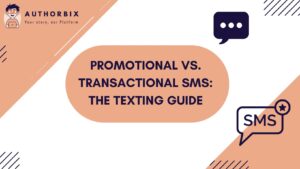
Promotional vs. Transactional SMS: The Texting Guide

5 Best Music Festivals In The World: Must-See Music festival

JEE Main & Advanced: Two Pillars of Engineering in 2024
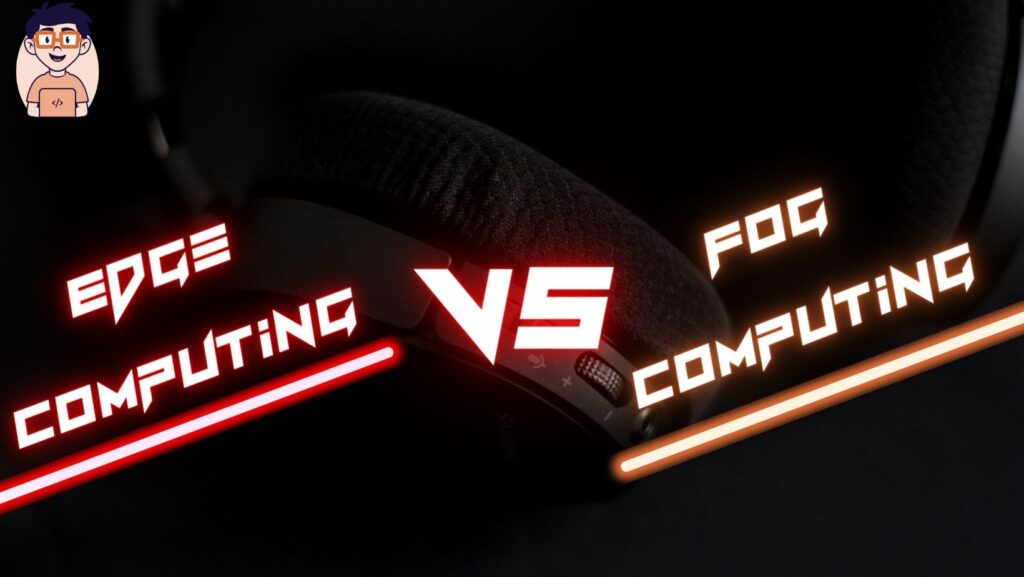
Edge Computing vs. Fog Computing: Advantages & Disadvantages
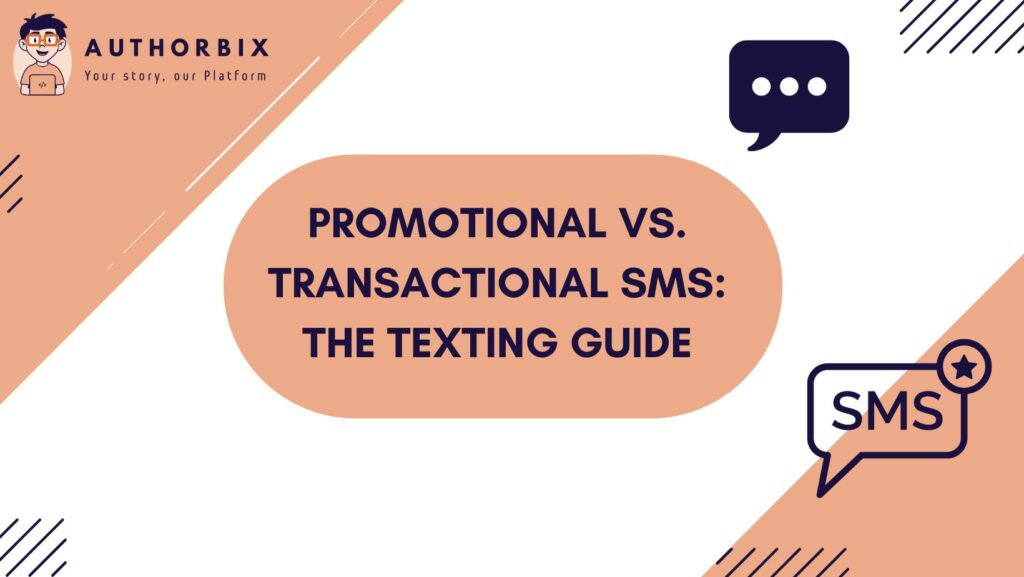
Promotional vs. Transactional SMS: The Texting Guide

5 Best Music Festivals In The World: Must-See Music festival

JEE Main & Advanced: Two Pillars of Engineering in 2024
